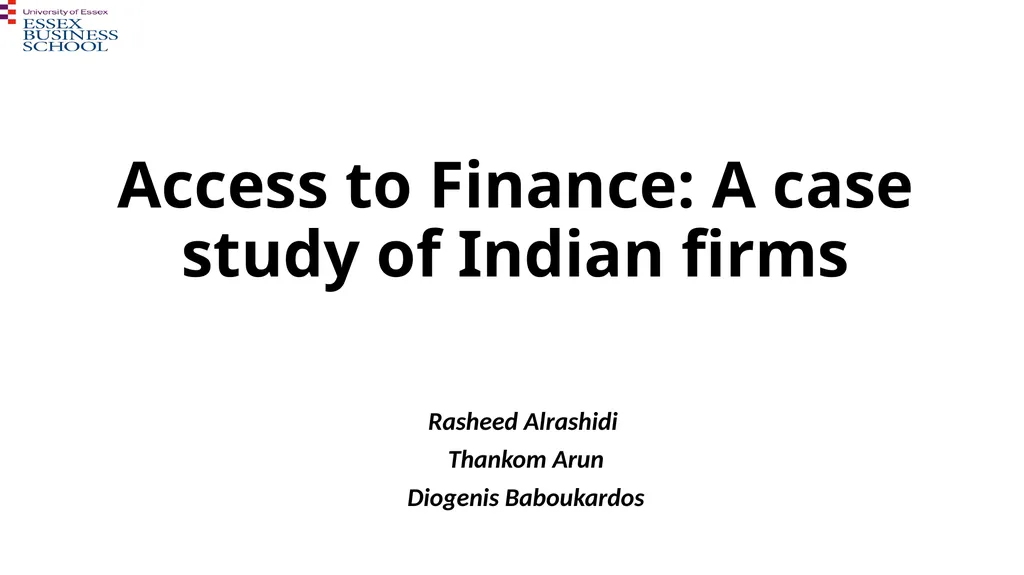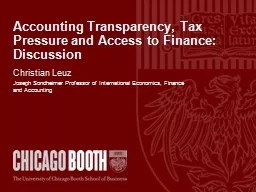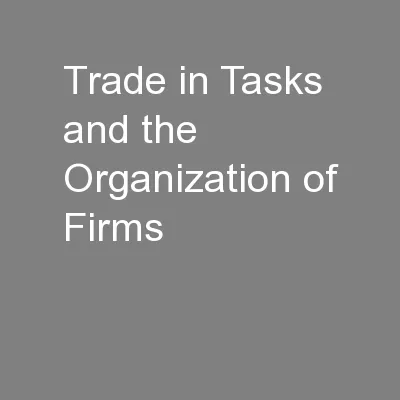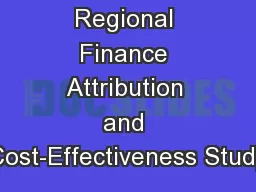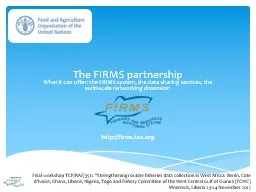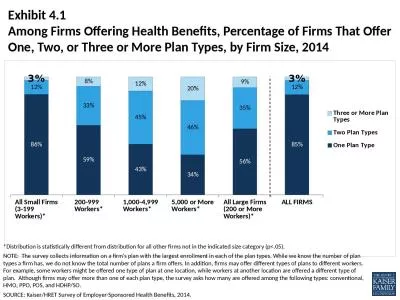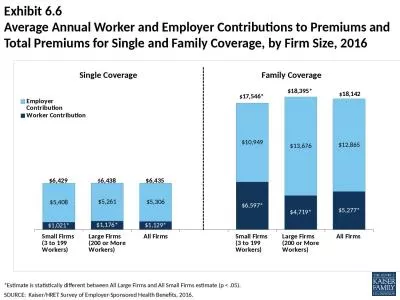Access to Finance: A case study of Indian firms
Author : conchita-marotz | Published Date : 2025-06-23
Description: Access to Finance A case study of Indian firms Rasheed Alrashidi Thankom Arun Diogenis Baboukardos The story Needs of finance DemirgüçKunt Maksimovic 1998 Rajan Zingales 1998 Capital constraints Lamont et al 2003
Presentation Embed Code
Download Presentation
Download
Presentation The PPT/PDF document
"Access to Finance: A case study of Indian firms" is the property of its rightful owner.
Permission is granted to download and print the materials on this website for personal, non-commercial use only,
and to display it on your personal computer provided you do not modify the materials and that you retain all
copyright notices contained in the materials. By downloading content from our website, you accept the terms of
this agreement.
Transcript:Access to Finance: A case study of Indian firms:
Access to Finance: A case study of Indian firms Rasheed Alrashidi Thankom Arun Diogenis Baboukardos The story.. Needs of finance. (Demirgüç-Kunt & Maksimovic, 1998; Rajan & Zingales, 1998) Capital constraints . (Lamont et al., 2003). Strategic activities (Hubbard, 1998; Campello et al., 2010), R&D (Himmelberg & Petersen, 1994; Hall & Lerner, 2010). Access to finance as capital constraints. (Cheng et al., 2014). Previous studies Dhaliwal et al, 2008 and Gul and Goodwin (2010) show the influence of audit services on finance. Anderson et al., 2004; Beasley, 1996; Francis et al., 2012 investigate the effect of independent directors effect the cost of finance. Female directors has impact on the debt (Arun et al., 2015) . However, little empirical research access to finance in these developing countries (Beck et al., 2006; Lorca et al., 2011) Interest on Developing markets Developing markets Developing markets Developing markets Audit quality Gender diversity on board India as context of investigation It is an interesting empirical setting. there are concerns regarding the quality of audit services offered even by the large Big-4 accounting firms (Joshy et al., 2015). Low corporate governance, weak investor protection and fastest growing economies. (Narayanaswamy et al., 2012). High female employees, not break ‘glass ceiling’ (Ghosh, 2017). Introduce the Companies Act 2013. Theory Limited attention theory limited size of attention (Miller, 1956). For instance, selecting process of firms stocks (Barber & Odean, 2008). Performance, size or gender mix might influence finance decisions; as attention grabber. Auditing enhances the reliability, credibility and overall quality of accounting information (Alzoubi, 2018). independent members in developing context might be not independent. (Arora & Sharma, 2016; Lorca et al., 2011; Claessens & Burcin Yurtoglu, 2013) Female director and monitoring (Adams & Ferreira, 2009); reduce ER (Arun et al., 2015). Aim, R.Q and Hypotheses Aim: To reveal capital providers attitude toward (audit and non-audit fees, independent director and gender of director on board) for listed Indian companies. Research question: To what extend (audit and non-audit fees, independent director and gender of director on board) affect “capital constrains” access to finance in listed Indian firms? H1: There is a positive relationship between audit fees and access to finance for listed firms in India. H2: There is a positive relationship between non-audit fees and access to finance for listed firms in India. Aim, R.Q and Hypotheses H4: There is a negative relationship between percentage of independent director on board and access
